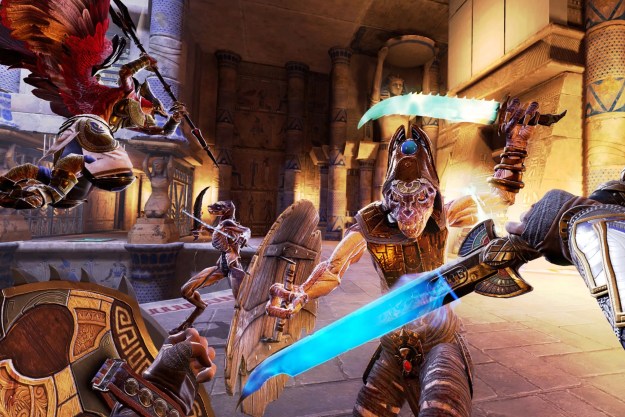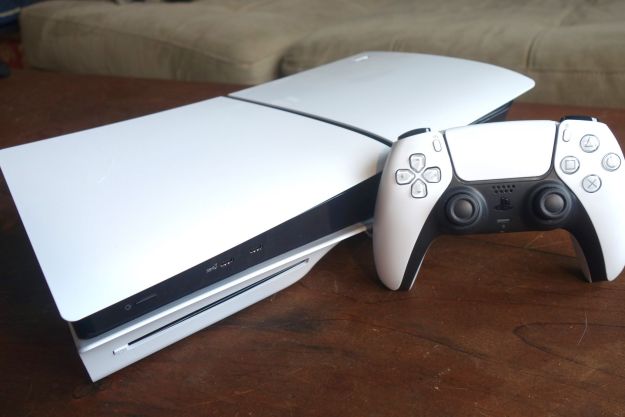Sony finally revealed more details about its upcoming handheld, now called PlayStation Portal, but these announcements have soured my opinion on the device rather than hyped me up for it. I enjoy cloud gaming and have used a variety of services like Google Stadia, Amazon Luna, and Xbox Cloud Gaming – across my phone and even dedicated devices like the Logitech G Cloud Gaming Handheld. Because of that, I was really excited to see what PlayStation could do as it entered the space. Unfortunately, some specific exclusions from PlayStation Portal’s functionality that make it more of a remote-play device rather than a cloud gaming handheld indicate that Sony has a fundamental misunderstanding about what people would want out of a PlayStation game streaming handheld.
Namely, the device’s positioning as primarily a “remote play dedicated device” and the exclusion of PlayStation Plus Premium cloud gaming compatibility drastically shrinks the number of reasons people should pick the device up. Cloud gaming and devices built around it have been around long enough to show that an inclusive approach to the number of services, games, and kinds of game streaming available is vital to success, and for a $200 handheld, PlayStation Portal seems like it’s excluding way too much.
Narrowing its appeal
Remote play differs from what’s more ubiquitously referred to as cloud gaming players are running the games on their own consoles rather than a third-party console or server. Still, it’s a form of streaming games over a Wi-Fi connection, typically through an app on a phone or device like the Logitech G Cloud Gaming Handheld. That means you’ll have to stick around your own home to use the PlayStation Portal, and its game library is limited to whatever the user owns on the console. That’s limiting (it’s like if Steam Deck only ran Steam Link) but does have some use cases. Still, it doesn’t necessarily feel like it warrants a dedicated $200 device over a phone and a nice mobile controller like the Razer Kishi V2 or Backbone One – PlayStation Edition; haptic feedback and adaptive triggers only go so far.
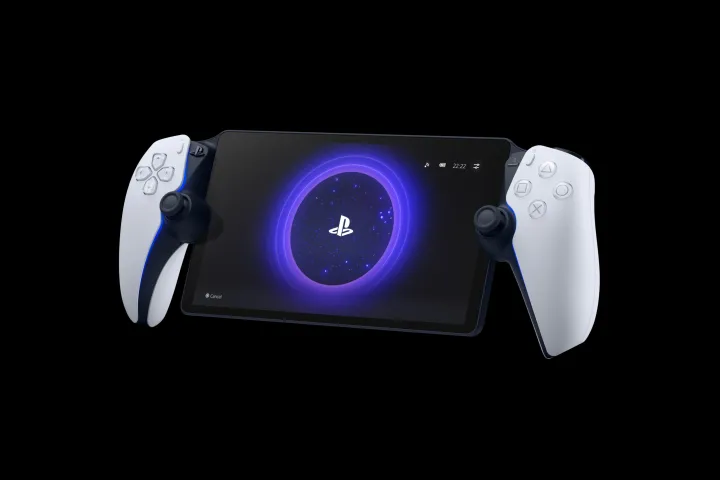
And that’s about it when it comes to game functionality. It’s a bit cheaper than other devices but also isn’t something you’ll use to play services like Nvidia GeForce Now, Xbox Cloud Gaming, and Amazon Luna. In recent years, it’s become quite clear that the best way to succeed in the cloud gaming and cloud gaming hardware space is to support as many services as possible and give players access to as many solid games as possible. PlayStation isn’t doing the former, which is an odd but acceptable choice. What’s most disappointing is how it’s limiting itself with the latter.
Deep into the PlayStation Blog post revealing more about PlayStation Portal, it’s briefly mentioned that “games that are streamed through PlayStation Plus Premium’s cloud streaming are not supported.” That means all of the PS3 and PS4 games available to play via the cloud natively on a PS5 aren’t even going to be useable on a PlayStation Portable. While this is only mentioned in passing in the article, it’s actually one of the biggest mistakes I think Sony is making with the PlayStation Portal outside of the lack of Bluetooth support.
When the device was announced, I considered picking it up so I could have an easier way to play some classic PS3 games without having to dig out the system from storage for my parents’ house. As games from that platform specifically aren’t playable natively on PS5, PlayStation Portal could’ve served as the best modern way to play PS3 games, could’ve helped promote a more forgotten part of its PlayStation Plus Premium service, and increased the number of games playable on the PlayStation. Instead of embracing that corner of the PlayStation Plus Premium catalog, it is completely ignoring a massive part of its subscription library and worsening the chances that someone who picks up a PlayStation Portal has a healthy list of games to choose from.
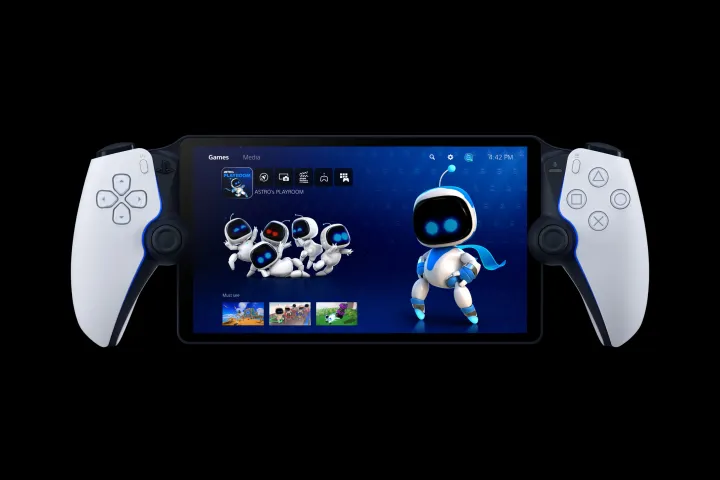
I own over plenty compatible with PlayStation Portal, so I personally won’t have a shortage of things to play were I to pick up the device. That said, I own way more games than the average person who probably only picks up a couple of games a year and only keeps a few installed due to the system’s relatively low 1TB SSD storage. If those people want to use the PlayStation Portal because they don’t want to or can’t play the PS5 on the TV it’s attached to, that’s fine and a reason for the device to exist. That said, it’s not giving people a reason to stick around, play new games, or run anything natively on the device.
A device like the Logitech G Cloud Gaming Handheld is appealing because it fully embraces all versions of cloud gaming and doesn’t leave its users with a shortage of choices. And even that device is held back by the fact that it must be connected to Wi-Fi at all times, a constraint the PlayStation Portal shares. Sony is taking a different approach by making a remote play device that has limited itself to a single platform ecosystem, and it’s shooting itself in the foot by not fully embracing that ecosystem like a proprietary cloud streaming device should. That makes it harder to argue why people should pick up a PlayStation Portal over just downloading the Remote Play app and getting a mobile gaming controller for cheaper.
PlayStation Portal’s obvious shortcomings
I am writing all of this having not been able to go hands-on with a PlayStation Portal yet. It’s quite possible that it feels great to use, the connection is better than remote play to a phone, and it has great battery life. The PS5 UI and general functionality could potentially work best on the Portal, like how the Steam Deck is the best portable PC to use for Steam games. It also has use cases for people who might not always have access to the TV that their
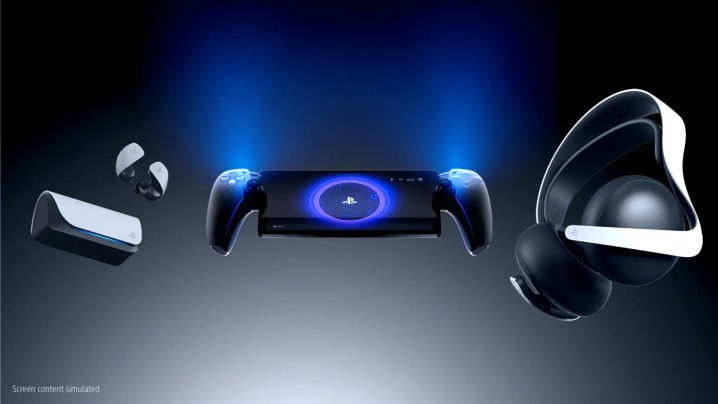
Unfortunately, its confirmed functionality, or lack thereof, across the cloud gaming space and even PlayStation’s own services makes me question the device’s viability and Sony’s own understanding of the cloud gaming space and devices related to it. It’s great that Sony wants to give me and others a new space to play PS4 and PS5 games via remote play at 1080p and 60 FPS with a DualSense-like controller, but Sony’s exclusionary approach to the device’s compatibility makes me wary of the PlayStation Portal before I’ve even had a chance to try it.
Cloud gaming and remote play are meant to expand the number of places and ways that people can experience video games, and what we know about PlayStation Portal hasn’t reflected that sentiment much just yet. I’d love to be proven wrong, but Sony has not yet made a compelling case as to why people should pick up a PlayStation Portal.
The PlayStation Portal will launch later this year for $200.
Editors' Recommendations
- PlayStation lays off 900 people and shuts down London Studio
- One year later, my PlayStation VR2 is collecting dust
- Stellar Blade looks like it’ll be the PS5’s first big 2024 game this April
- PlayStation State of Play, January 2024: How to watch and what to expect
- 2023 gaming report card: how did PlayStation, Xbox, and Nintendo score?


